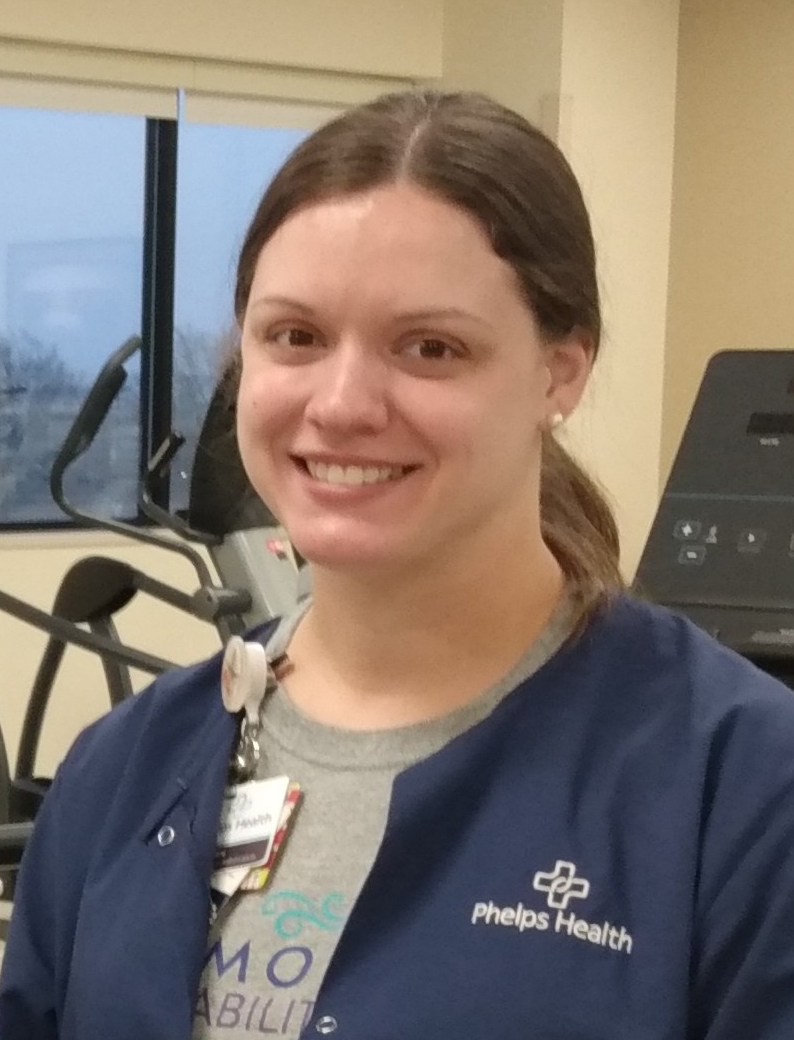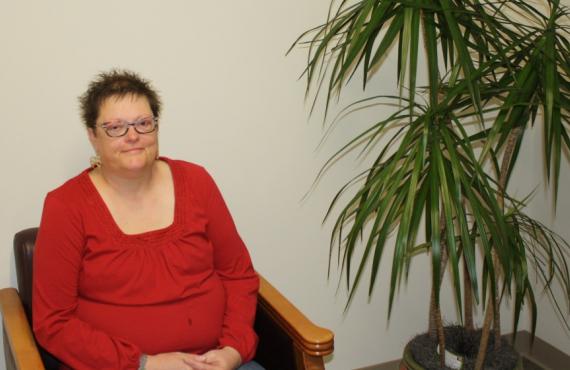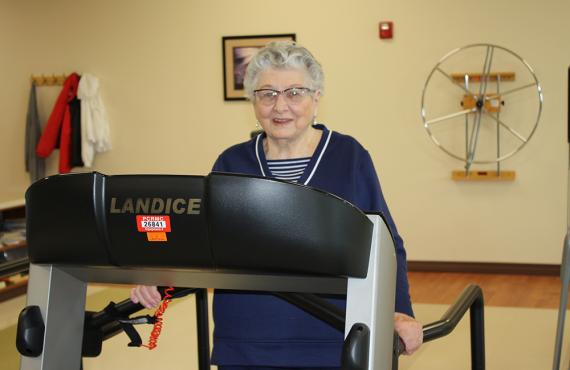Published on February 7, 2023
Read Time: 3 Minutes
By Katelyn Randolph, BSN, RN
Phelps Health
Imagine you are recovering from a heart attack or, maybe, you recently had a heart valve replacement.
To help you regain your strength and get back to the activities you enjoy doing, your doctor may refer you to a cardiac rehabilitation program.

Cardiac rehab is not the same as physical therapy. With cardiac rehab, you focus on increasing and maintaining aerobic exercise (cardiovascular or cardio exercise) to strengthen your heart.
Throughout the program, you will learn about exercise safety, blood pressure monitoring, heart medications, heart healthy diets and more. In addition, you can find out about lifestyle changes you can make like quitting smoking, to improve your heart health.
Cardiac Rehab Benefits
What you learn during cardiac rehab can reduce your risk of any further heart problems. You also will be able to strengthen your heart function and increase your endurance. Cardiac rehab can ultimately improve your quality of life.
According to the Cleveland Clinic, studies have shown that cardiac rehab can even reduce your risk of death from heart disease within 1-3 years of completing the program.
Other benefits of cardiac rehab include the following:
- Lowers your risk factors for heart disease, high blood pressure, high cholesterol and diabetes
- Allows staff to communicate with your provider’s office about your progress and any concerns you may have about high blood pressure, irregular heart rhythm or new cardiac symptoms
- Encourages you to continue safe cardio after completing the program
Cardiac Rehab Phases
At Phelps Health, three phases of cardiac rehab services are offered.
Your doctor (hospitalist or cardiologist) may order Phase 1 while you are still in the hospital after heart failure, stent procedures or a heart attack. Cardiac Rehab staff will discuss the program with you, including what to expect.
Phase 2 occurs when you start exercising in the Cardiac Rehab gym at Phelps Health while a care team monitors you.
You will work out three times per week for 12 weeks, for a total of 36 sessions. You will work up to at least 30 minutes of aerobic exercise, as tolerated. Many patients exceed this goal.
Once you completed Phase 2, you may move onto Phase 3. In this phase, you, as the patient, will keep track of your workouts. Your care team will check your heart rate and blood pressure before and after you exercise, and can follow up with your providers with any new concerns.
A goal of cardiac rehab is to continue aerobic exercise whether you are at home, the Cardiac Rehab gym or a fitness center.
While your insurance plan may not need prior approval, you will need a referral from your primary care provider or cardiologist for cardiac rehab.
Phelps Health’s cardiac rehab program is only for patients with certain heart conditions. Talk to your doctor to see if you are eligible.
For More Information About Cardiac Rehab
Katelyn Randolph, BSN, RN, is the lead nurse with the Phelps Health Cardiac and Pulmonary Rehabilitation program. Learn more about cardiac rehab by calling (573) 458-3110.

